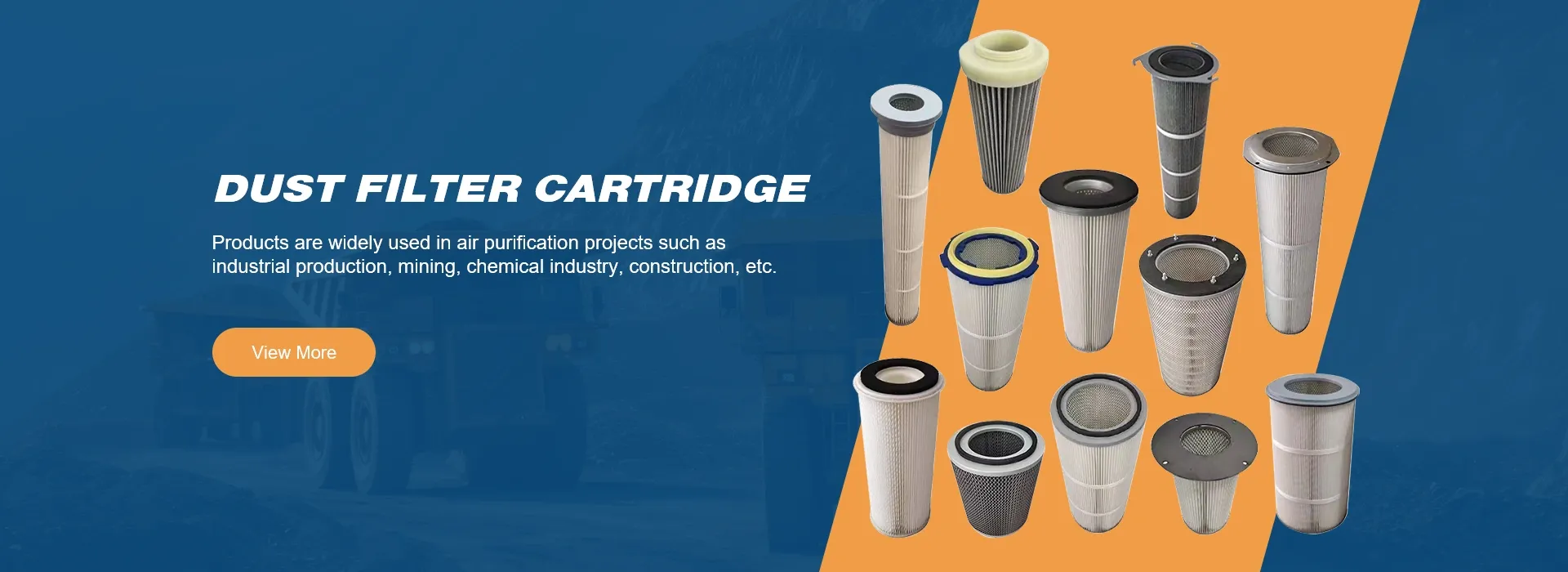 Tel:
+8615930870079
Tel:
+8615930870079
Ago . 09, 2024 03:30 Back to list
Understanding the Importance of Antistatic Filter Elements in Ensuring Equipment Longevity and Safety
Understanding Antistatic Filter Elements Importance and Applications
In various industrial applications, maintaining a clean and safe environment is paramount. One crucial component in achieving this is the antistatic filter element. These specialized filters play a pivotal role in controlling dust, particulate matter, and static electricity, thereby ensuring operational efficiency and safety in environments such as manufacturing plants, cleanrooms, and electronic facilities.
What are Antistatic Filter Elements?
Antistatic filter elements are designed to prevent the accumulation of static electricity, which can lead to spark discharges, equipment malfunction, or even hazardous situations in certain environments. They are made from materials that possess antistatic properties, allowing them to safely dissipate static charges. This is particularly important when dealing with flammable materials or sensitive electronic components, where even a minor spark can have catastrophic consequences.
The Mechanism Behind Antistatic Properties
The antistatic functionality in these filter elements is often achieved by incorporating conductive or dissipative materials within the filter media. These materials allow for the safe discharge of static electricity, preventing its buildup. Commonly used materials include carbon-loaded polymers or metalized fibers, which provide the necessary conductivity while maintaining the filtration efficiency of the element. This dual functionality ensures that not only is the air cleaned of particulates, but also that the risks associated with static discharge are minimized.
Applications of Antistatic Filter Elements
Antistatic filter elements find applications across various industries
1. Electronics Manufacturing In environments where sensitive electronic components are produced, even tiny dust particles can interfere with operations. Antistatic filters help maintain a clean atmosphere while preventing static electricity that could damage these components.
2. Pharmaceutical Industry A sterile environment is crucial in pharmaceutical manufacturing. Antistatic filter systems help control both airborne particulates and static charges, ensuring product safety and compliance with regulatory standards.
antistatic filter element

3. Explosive Environments In industries dealing with explosives or flammable materials, such as chemical manufacturing, the risk of static discharge is significant. Antistatic filters mitigate this risk, providing a safer working environment.
4. Cleanrooms In cleanroom applications, where the control of particulate matter is critical, antistatic filter elements not only assist in maintaining cleanliness but also ensure that static does not attract or repel particulates, which could interfere with laboratory results or production quality.
Benefits of Using Antistatic Filter Elements
The integration of antistatic filter elements into industrial systems offers multiple benefits
- Enhanced Safety By reducing the likelihood of static discharges, these filters provide enhanced safety for workers and equipment in high-risk environments.
- Improved Air Quality Antistatic filters effectively remove pollutants and particulates from the air, leading to improved air quality and a healthier work environment.
- Operational Efficiency Cleaner air reduces the wear and tear on machinery and equipment, which can lower maintenance costs and increase the lifespan of industrial systems.
- Regulatory Compliance Many industries are subject to strict regulations regarding air quality and safety. Utilizing antistatic filters can help companies meet these regulations and avoid costly penalties.
Conclusion
In conclusion, antistatic filter elements are essential components for safeguarding both people and processes in various industries. By preventing static charge accumulation while effectively filtering airborne particles, they contribute significantly to operational efficiency and safety. As industries continue to evolve and face new challenges, the importance of such specialized filtration systems will only grow, making them a critical element in modern industrial design and safety management.
-
Types and Applications of Air Filtration CartridgesNewsJul.28,2025
-
The Role of Gas Turbine FiltersNewsJul.28,2025
-
Mastering Air Filter Cartridge UseNewsJul.28,2025
-
Advanced Turbine Filters for Modern Gas TurbinesNewsJul.28,2025
-
Cellulose Air Filter Cartridge Advantages in Dust FiltrationNewsJul.28,2025
-
Cellulose Filters for Air Particle ReductionNewsJul.28,2025

 Email:
Email:





